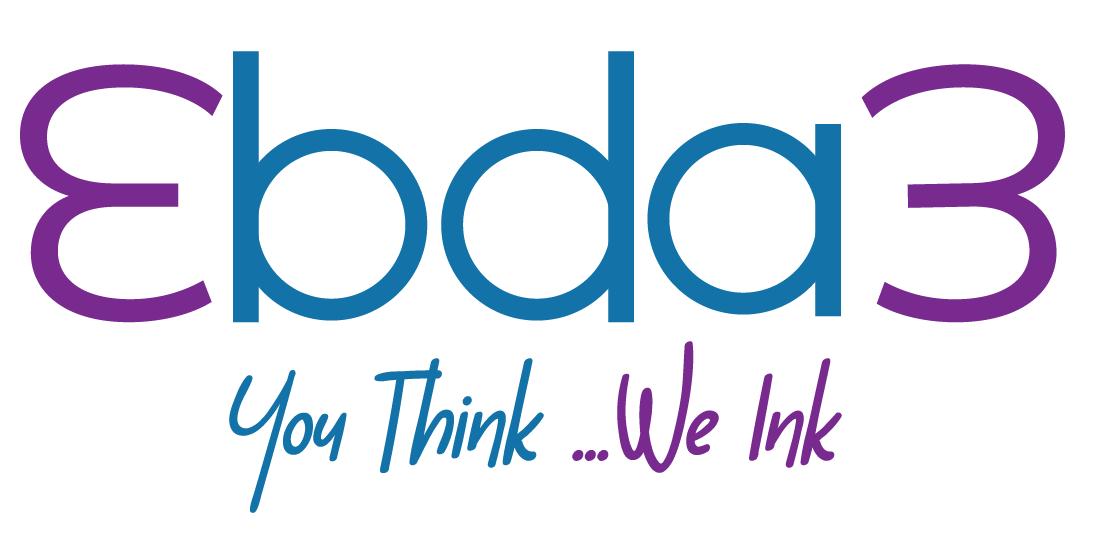Beyond Words: Elevating with Visual Storytelling

In today’s digital world, where attention spans are shorter than ever, the power of visual storytelling cannot be overstated. In this blog post, we’ll explore how you can elevate your portfolio presentation by incorporating visual elements that captivate and engage your audience.
Importance of Visuals:
Visuals are the gateway to your portfolio’s success. They have the ability to convey emotions, evoke curiosity, and leave a lasting impression on visitors. Whether it’s through images, infographics, or typography, visuals play a crucial role in grabbing attention and conveying information effectively.
- The Impact of Visual Storytelling:
- Elaborate on why visuals matter. Discuss how they engage emotions, enhance understanding, and create memorable experiences.
- Share examples of successful visual storytelling in various contexts (e.g., advertising campaigns, social media, websites).
Incorporating Photography:
Photography is a powerful tool for showcasing your work and accomplishments. By including high-quality, relevant images in your portfolio, you can provide a visual representation of your skills and projects. Whether it’s capturing the essence of a completed project or highlighting key milestones, photography adds depth and authenticity to your portfolio.
- Photography as a Portfolio Asset:
- Dive into the specifics of incorporating photography:
- High-Quality Imagery: Explain the importance of using professional, high-resolution images.
- Relevance: Discuss how each photograph should align with your brand or the project it represents.
- Variety: Showcase different types of photography (e.g., product shots, lifestyle, portraits) to demonstrate versatility.
- Dive into the specifics of incorporating photography:
Using Infographics and Charts:
Infographics and charts are invaluable assets for presenting data and achievements in a visually appealing manner. By organizing complex information into easily digestible visuals, you can effectively communicate your accomplishments and demonstrate your expertise. Whether it’s showcasing project timelines, growth metrics, or industry trends, infographics and charts add clarity and context to your portfolio.
- Infographics and Charts:
- Explore the power of data visualization:
- Infographics: Explain how infographics condense complex information into visually appealing graphics. Provide examples related to your field.
- Charts and Graphs: Discuss their role in presenting statistics, trends, or comparisons. Highlight clarity and simplicity.
- Explore the power of data visualization:
Utilizing Icons and Typography:
Icons and typography are essential elements for enhancing the aesthetics of your portfolio. By choosing the right icons and fonts, you can create a cohesive visual identity that reflects your personal brand. Whether it’s using icons to represent skills or incorporating creative typography to highlight key points, these elements add style and sophistication to your portfolio.
cons and Typography:
- Icons:
- Symbolic Representation: Describe how icons can convey concepts succinctly. For instance, a camera icon for photography.
- Consistency: Emphasize using a consistent set of icons throughout your portfolio.
- Typography:
- Font Choices: Discuss the impact of font selection. Serif vs. sans-serif, readability, and alignment with your brand.
- Creative Typography: Share examples of typography treatments that enhance headings, quotes, or key points.
Conclusion:
In conclusion, visual storytelling is a powerful tool for elevating your portfolio and leaving a lasting impression on potential employers or clients. By incorporating photography, infographics, icons, and typography, you can create a portfolio that not only showcases your skills and accomplishments but also engages and captivates your audience. So, don’t just tell your story—show it through the power of visuals.





